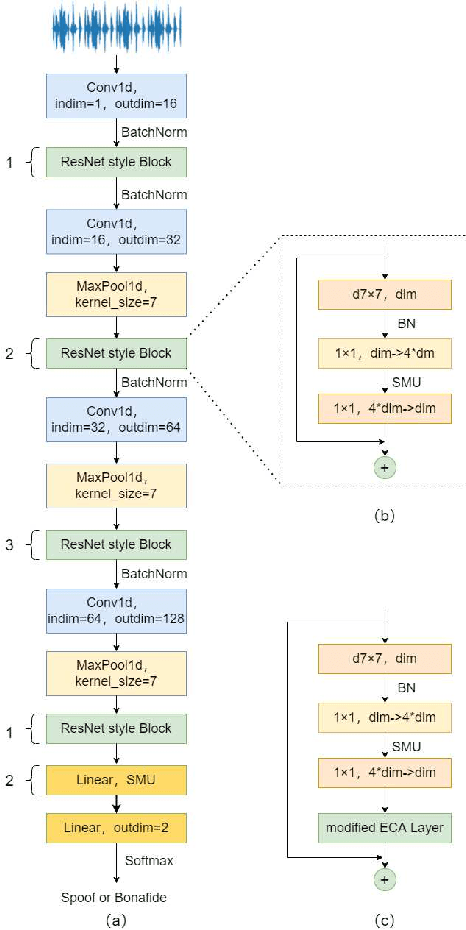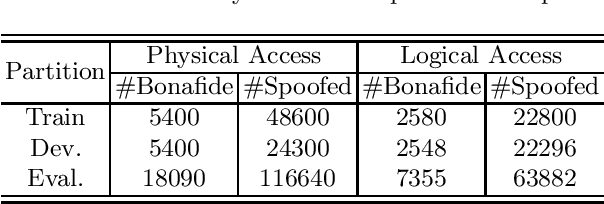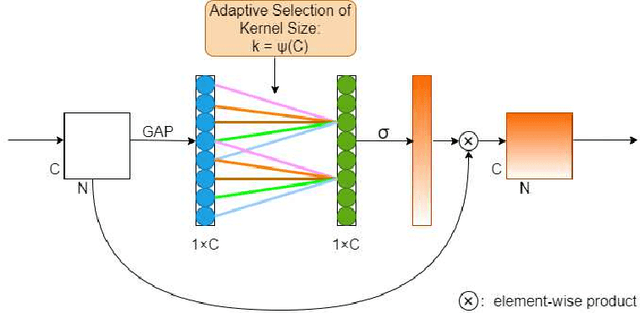Jinghui Zhong
Discovering Mathematical Equations with Diffusion Language Model
Sep 16, 2025Abstract:Discovering valid and meaningful mathematical equations from observed data plays a crucial role in scientific discovery. While this task, symbolic regression, remains challenging due to the vast search space and the trade-off between accuracy and complexity. In this paper, we introduce DiffuSR, a pre-training framework for symbolic regression built upon a continuous-state diffusion language model. DiffuSR employs a trainable embedding layer within the diffusion process to map discrete mathematical symbols into a continuous latent space, modeling equation distributions effectively. Through iterative denoising, DiffuSR converts an initial noisy sequence into a symbolic equation, guided by numerical data injected via a cross-attention mechanism. We also design an effective inference strategy to enhance the accuracy of the diffusion-based equation generator, which injects logit priors into genetic programming. Experimental results on standard symbolic regression benchmarks demonstrate that DiffuSR achieves competitive performance with state-of-the-art autoregressive methods and generates more interpretable and diverse mathematical expressions.
ConvNext Based Neural Network for Anti-Spoofing
Sep 15, 2022



Abstract:Automatic speaker verification (ASV) has been widely used in the real life for identity authentication. However, with the rapid development of speech conversion, speech synthesis algorithms and the improvement of the quality of recording devices, ASV systems are vulnerable for spoof attacks. In recent years, there have many works about synthetic and replay speech detection, researchers had proposed a number of anti-spoofing methods based on hand-crafted features to improve the accuracy and robustness of synthetic and replay speech detection system. However, using hand-crafted features rather than raw waveform would lose certain information for anti-spoofing, which will reduce the detection performance of the system. Inspired by the promising performance of ConvNext in image classification tasks, we extend the ConvNext network architecture accordingly for spoof attacks detection task and propose an end-to-end anti-spoofing model. By integrating the extended architecture with the channel attention block, the proposed model can focus on the most informative sub-bands of speech representations to improve the anti-spoofing performance. Experiments show that our proposed best single system could achieve an equal error rate of 1.88% and 2.79% for the ASVSpoof 2019 LA evaluation dataset and PA evaluation dataset respectively, which demonstrate the model's capacity for anti-spoofing.
 Add to Chrome
Add to Chrome Add to Firefox
Add to Firefox Add to Edge
Add to Edge